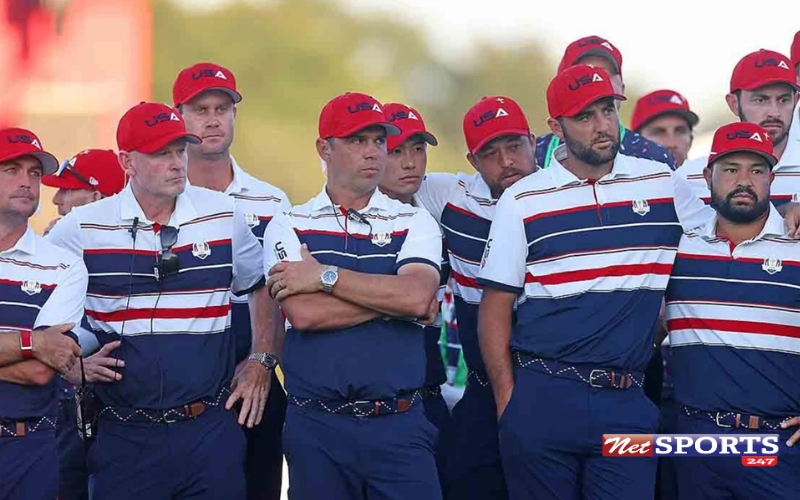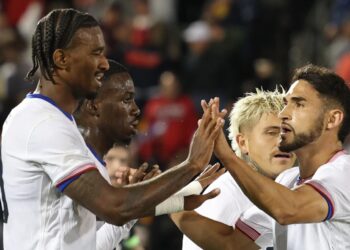Ryder Cup fans know that winning is about more than Sunday’s matches. The U.S. team fell behind long before play began
In this article, you’ll see why the Americans were already at a disadvantage, how Europe built a stronger squad, and which factors decided the outcome.
We’ll break down U.S. player absences, key struggles, and Europe’s edge at Bethpage Black.
Sunday Rally Wasn’t Enough
The U.S. made a late push on Sunday, but it was too little, too late. Players like Cam Young, Justin Thomas, Scottie Scheffler, and Xander Schauffele had strong singles wins. Russell Henley and others showed grit. Still, Europe celebrated, proving they had the stronger team overall.
Missing Stars Hurt the U.S.
Fifteen Americans under 42 won a major in the last decade. Only six played in this Ryder Cup. Legends like Jordan Spieth, Dustin Johnson, and Brooks Koepka were either absent or out of form. Many were involved with LIV Golf, limiting their competitive opportunities.
Europe Had the Advantage
Europe kept most of its top players in form. Jon Rahm stayed competitive despite LIV Golf moves. Tyrrell Hatton also qualified on points. Their squad remained mostly intact, giving them consistency and experience over the Americans.
Internal and External Challenges
The U.S. faced slumps, bad luck, and internal distractions. Some players served on PGA Tour boards, affecting focus. Others struggled to earn Ryder Cup spots due to limited tournament play. All these factors stacked against the team before the first tee shot.
Captain Choices and Strategy
Keegan Bradley captained the team wisely. He avoided playing himself, understanding that the Ryder Cup requires full commitment from each player. Still, his selection highlighted the lack of ready stars in America’s roster.
The Bottom Line
The U.S. lost because Europe built a stronger, more consistent team over years. Sunday’s rally only masked deeper issues. To compete again, the Americans need healthier stars, better planning, and more top players available.

















